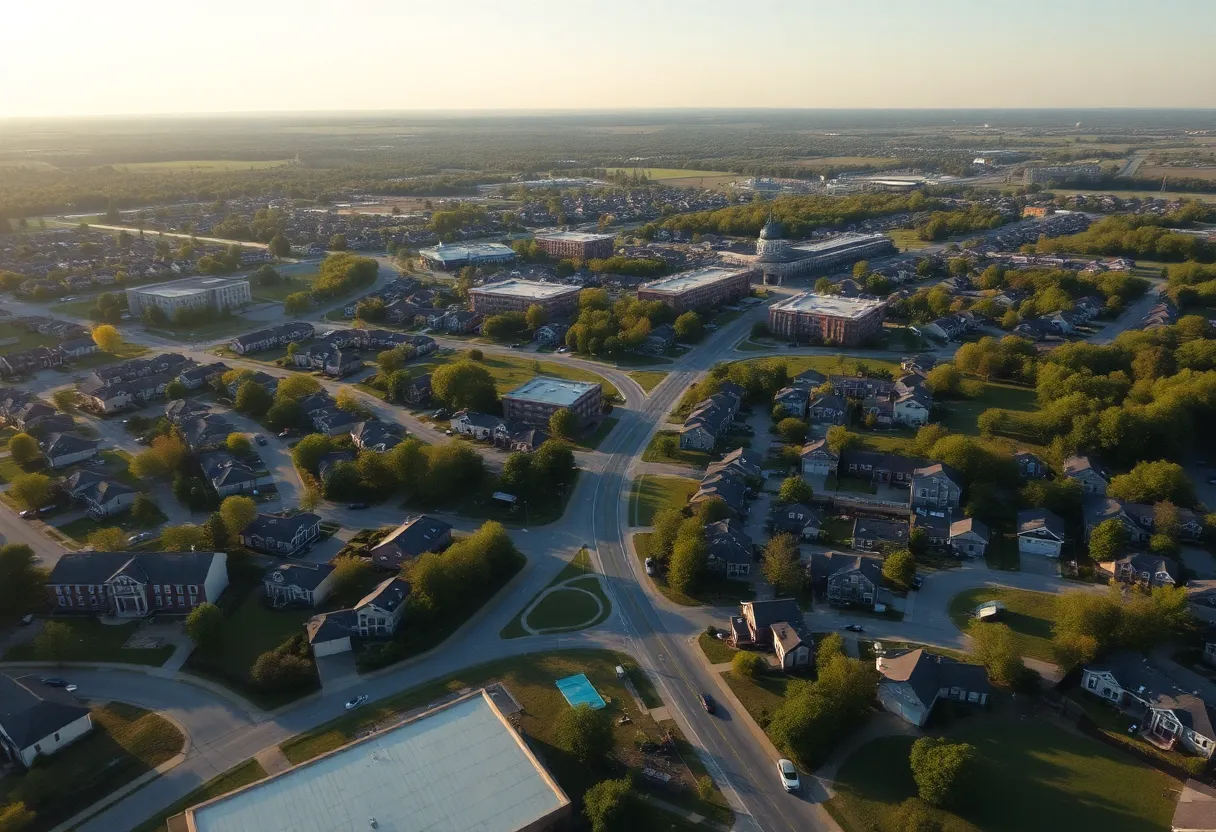Public School Funding: A Triumph for Kentucky Voters
In a significant political development, voters across Kentucky decisively rejected a proposed constitutional amendment aimed at diverting public funds to private schools. The amendment faced opposition in all 120 counties, backed by a unique bipartisan coalition uniting rural, urban, and suburban voters. This outcome underscores a strong message about the community’s priorities concerning education funding.
The Rejection of Private School Vouchers
The resounding defeat of the proposed amendment was a major win for public education advocates. Despite being heavily funded by out-of-state billionaires and anti-public school activists, the effort fell flat. Voters opted for a clear stance: reinvest in public schools after nearly two decades of budget cuts. This pivotal moment illustrates a collective commitment to public education, signaling lawmakers to focus their efforts on bolstering existing resources rather than diverting funds to private institutions.
Current Challenges Facing Public Education
However, there are significant hurdles ahead. The Kentucky General Assembly is currently pursuing an initiative that threatens the backbone of public school funding: the individual income tax. This tax accounts for over 40% of the state’s revenue funding public schools. Legislative discussions have centered around cutting the income tax rate, an endeavor that has historically translated to shifting the tax burden from wealthier citizens to everyday working Kentuckians.
The Economics of Tax Cuts
In recent years, particularly following the fallout from the COVID-19 pandemic, the state government has witnessed a temporary surge in revenue. This unexpected boost has emboldened lawmakers to initiate significant income tax cuts without adequate plans for replacing lost funds. The tax rate is set to decrease from 5% to 4.5% in 2023 and further to 4% in 2024.
Projections from the Office of the State Budget Director indicate a troubling forecast for the state’s finances. A recent estimate highlights a projected decline of $223 million in total General Fund revenue compared to the previous year, marking a significant concern given the historical context that such drops have only occurred during recessions.
Future Tax Cuts and Their Implications
At the same time, lawmakers are contemplating another income tax reduction to 3.5%, scheduled to take effect in January 2026. Although legislative leaders assure that this cut is financially sustainable, skepticism surrounds the accounting practices that frame this optimism, as they have altered rules to give the impression of affordability.
Each half-point reduction in the income tax is anticipated to cost the state approximately $700 million annually. This sum equals the current funding required for 81 school districts or the salaries of nearly 5,800 educators and school staff. The implications of these cuts are profound and could lead to further strain on public education at a time when schools desperately need support.
A Call for Reinvestment
Residents, particularly from rural communities who overwhelmingly rejected the voucher amendment, rely heavily on state revenue for educational funding. For many in these regions, the proposed cuts would carry little financial benefit while drastically impacting local school districts that depend on state support.
Moving forward, it is imperative for Kentucky’s legislators to heed the recent electoral feedback emphasizing public education investment rather than tax reductions favoring the affluent. As the electorate continues to express their discontent with prior administrations’ treatment of education, there remains a pressing need to ensure that funding priorities reflect the desires of the community.
Author: STAFF HERE LEXINGTON KY STAFF
The LEXINGTON STAFF WRITER represents the experienced team at HERELexingtonKY.com, your go-to source for actionable local news and information in Lexington, Fayette County, and beyond. Specializing in "news you can use," we cover essential topics like product reviews for personal and business needs, local business directories, politics, real estate trends, neighborhood insights, and state news affecting the area—with deep expertise drawn from years of dedicated reporting and strong community input, including local press releases and business updates. We deliver top reporting on high-value events such as Woodland Art Fair, Crave Food and Music Festival, and Railbird Festival. Our coverage extends to key organizations like Commerce Lexington and Blue Grass Community Foundation, plus leading businesses in education, manufacturing, and technology that power the local economy such as University of Kentucky, Toyota Motor Manufacturing, and Lexmark. As part of the broader HERE network, including HEREBowlingGreen.com and HERELouisville.com, we provide comprehensive, credible insights into Kentucky's dynamic landscape.





